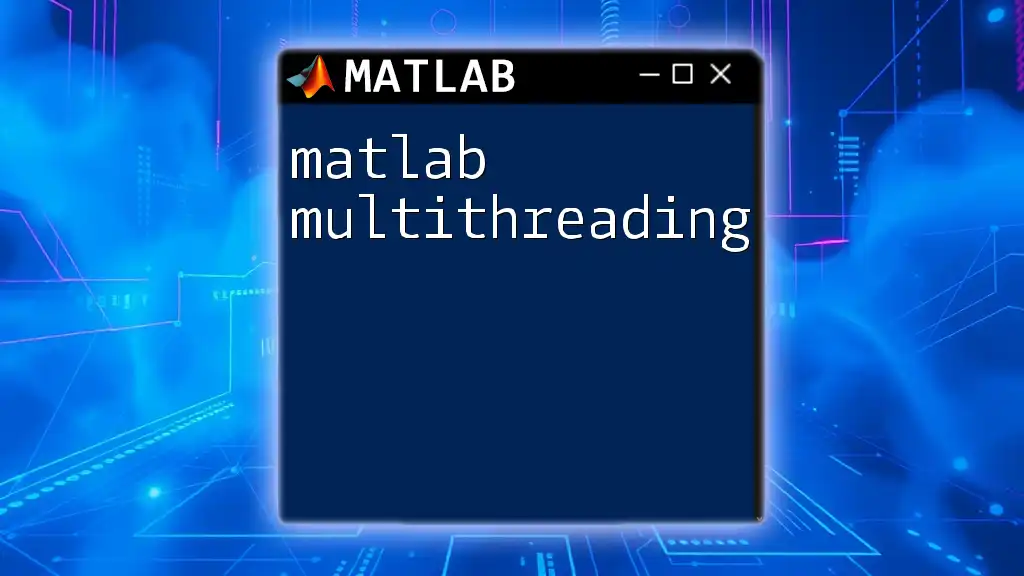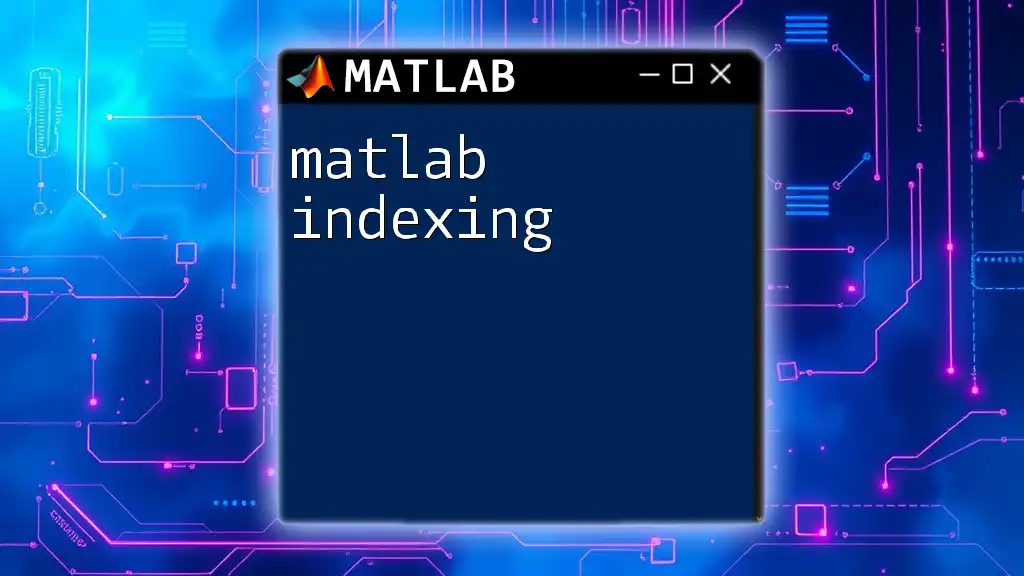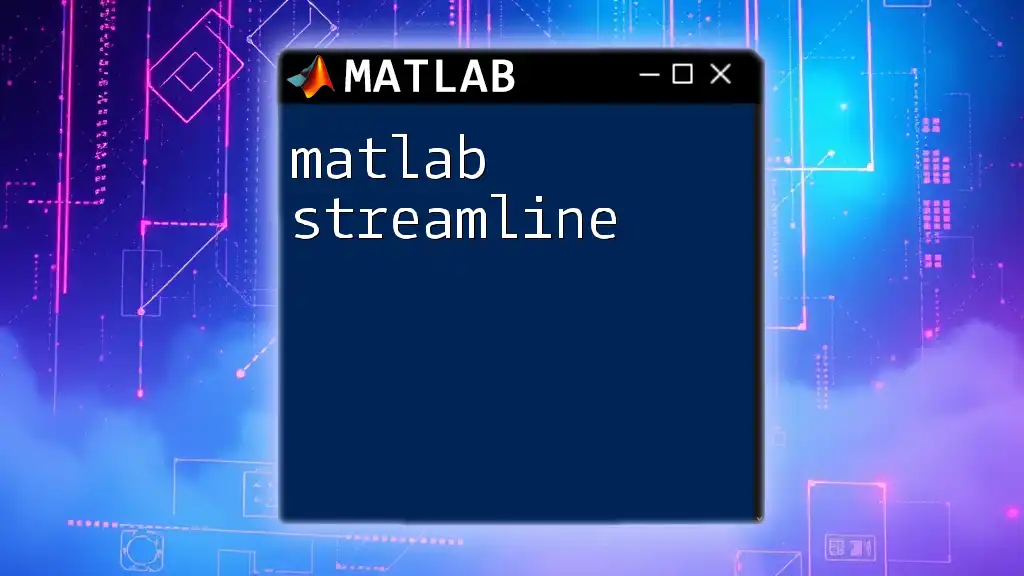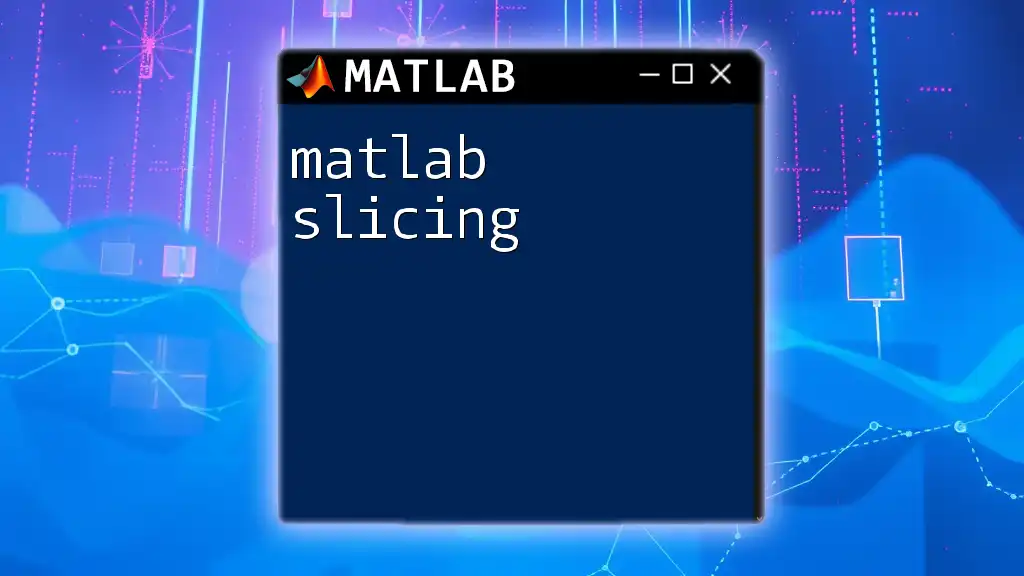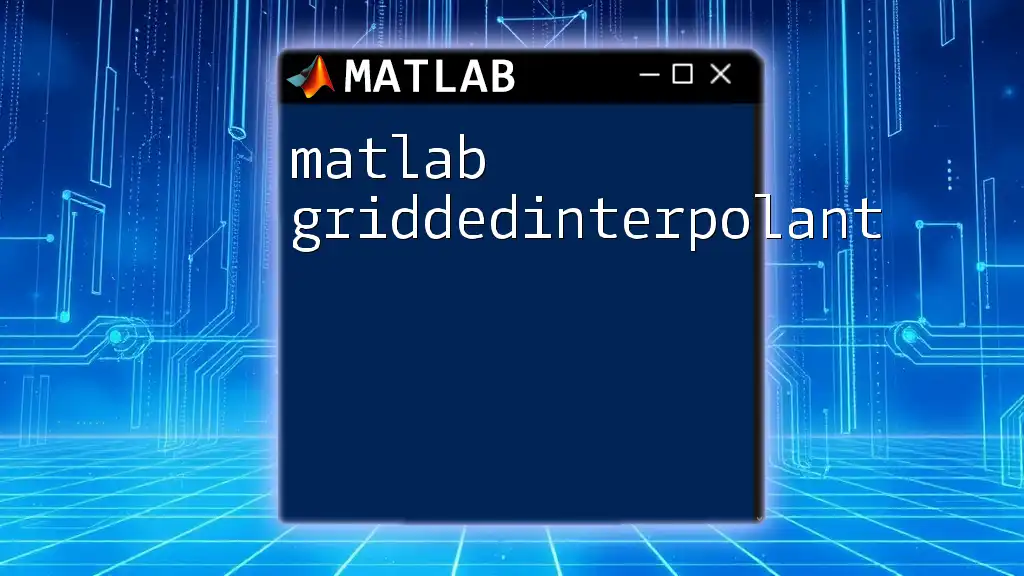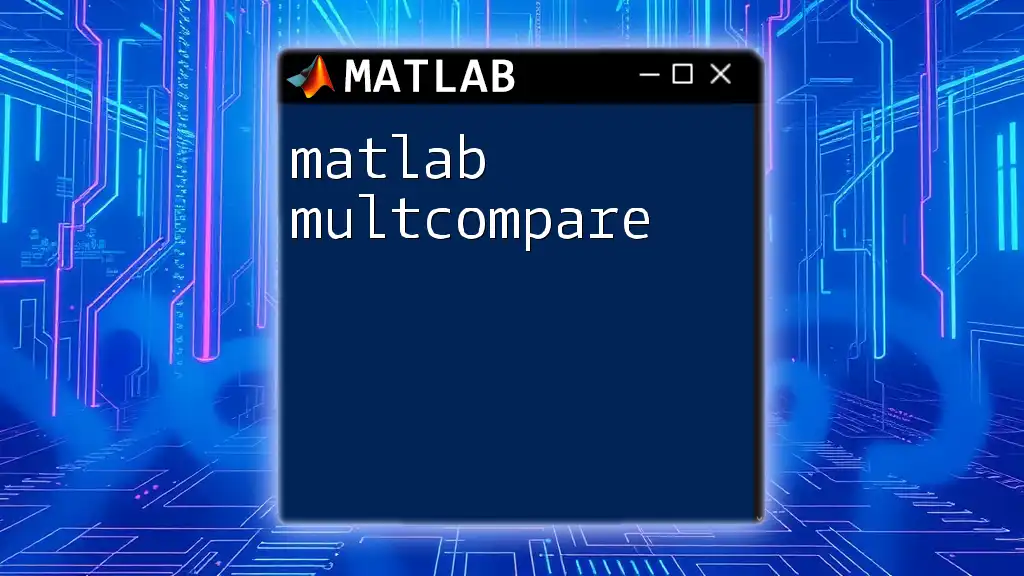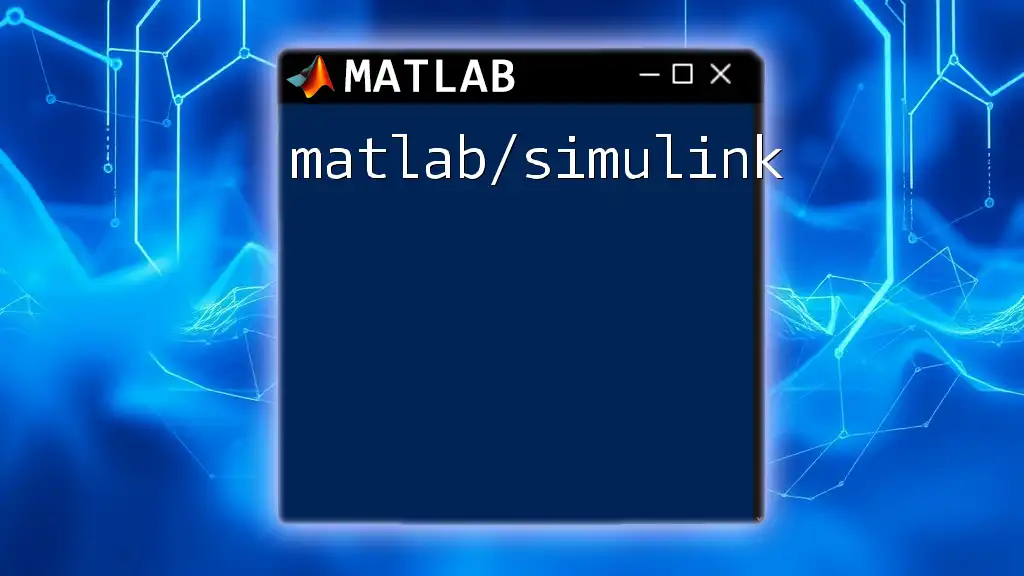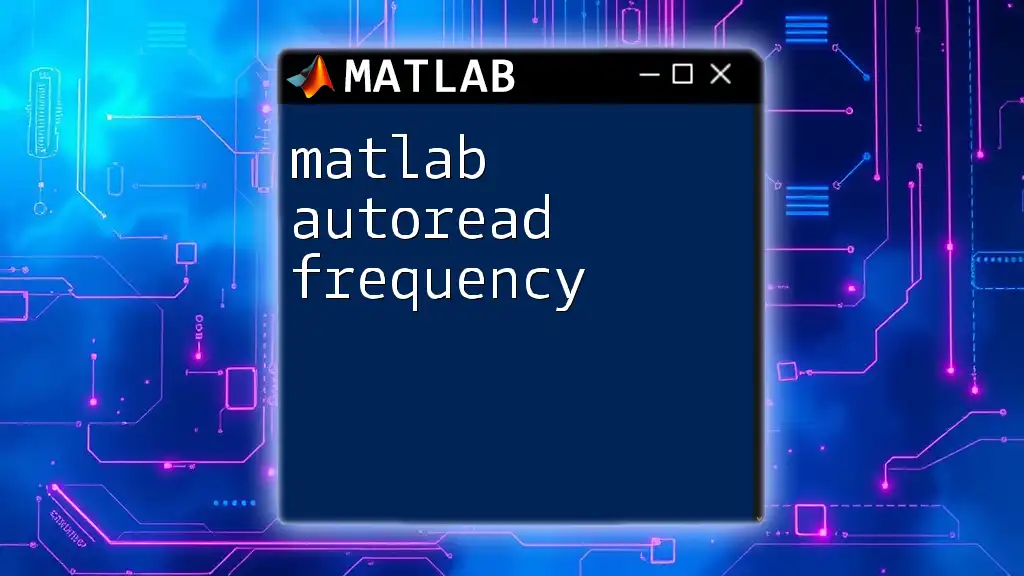Matlab multithreading allows for the execution of multiple threads in parallel, enhancing computational efficiency during intensive operations.
Here's a simple example demonstrating how to use `parfor`, which is a parallel for loop in MATLAB:
parfor i = 1:10
A(i) = myFunction(i); % Replace myFunction with your desired function
end
Understanding the Basics of Multithreading
What is Multithreading?
Multithreading refers to the ability of a program to manage multiple threads simultaneously. This means that a single process can perform multiple tasks at once, significantly enhancing the overall performance and responsiveness of applications. In the context of MATLAB, multithreading enables the efficient execution of data-intensive tasks by utilizing the full power of the underlying hardware.
Benefits of Using Multithreading
Incorporating multithreading into your MATLAB applications offers numerous advantages:
- Faster computation times: By breaking tasks into smaller threads, you can leverage concurrent execution, leading to quicker results, particularly for computationally heavy processes.
- Improved resource utilization: Multithreading allows MATLAB to utilize multiple processor cores effectively, ensuring that the available resources are being used to their fullest potential.
- Enhanced performance in data-intensive applications: Applications that handle large datasets, such as simulations or image processing, see significant performance boosts through multithreading.
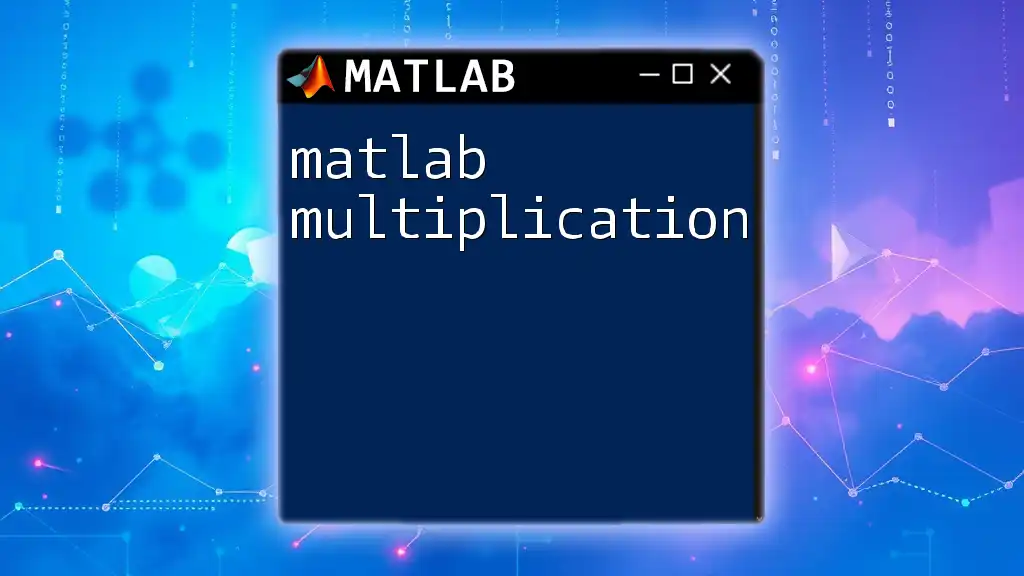
MATLAB's Multithreading Architecture
How MATLAB Utilizes Multithreading
MATLAB is designed with multithreading capabilities built into its core. By default, many functions automatically leverage multithreading to optimize performance. This means that as a user, you can benefit from these optimizations without needing to make extensive changes to your code.
Core Functions that Benefit from Multithreading
Several built-in MATLAB functions exploit multithreading. For example, matrix operations, such as addition and multiplication, utilize multithreading effectively behind the scenes. These automatic optimizations allow you to focus on high-level algorithm design while benefiting from enhanced performance.

Implementing Multithreading in MATLAB
Using the `parfor` Loop
One of the most effective ways to implement multithreading in MATLAB is through the `parfor` loop. This loop allows you to run iterations of a loop in parallel, distributing the workload across available workers.
Syntax Example:
parfor i = 1:n
% Code to be executed in parallel
end
This syntax enables MATLAB to manage the iterations, executing them simultaneously on different cores. It is essential, however, to ensure that the iterations are independent; that is, they should not depend on the outcomes of each other, to avoid complications.
Manual Thread Creation with `spmd`
For more complex scenarios, you can use the Single Program Multiple Data (SPMD) approach. SPMD allows you to write code that runs across multiple computational workers simultaneously.
Syntax Example:
spmd
% Code to run on each worker
end
In this setup, code within the `spmd` block is executed by each worker independently, allowing for efficient data processing and communication among workers.
Using the `batch` Function
Another option for achieving multithreading in MATLAB is utilizing the `batch` function. This function runs calculations asynchronously, enabling users to continue working in the MATLAB environment while the job is processed in the background.
Syntax Example:
job = batch('functionName', 'Pool', n);
By using the `batch` function, you can offload computationally expensive tasks without blocking the main thread, allowing you to maintain a fluid workflow.

Practical Examples of Multithreading
Example 1: Accelerating Matrix Computations
Suppose you are working with a large matrix and find that operations are taking longer than desired. By implementing the `parfor` loop, you can significantly speed up your computations.
Code Snippet:
A = rand(1000); % Example large matrix
parfor i = 1:1000
B(i,:) = A(i,:) * 2;
end
In this example, each row of matrix `A` is processed in parallel, effectively reducing the computation time for operations on large datasets.
Example 2: Image Processing with Multithreading
Multithreading also shines in image processing contexts, where tasks can easily be split into individual operations on separate images.
Code Snippet:
parfor i = 1:numImages
processedImages{i} = myImageProcessingFunction(images{i});
end
Each image in the dataset is processed independently, allowing for optimal workload distribution and minimizing processing time across multiple cores.
Example 3: Simulations Using `spmd`
When performing simulations that require repeated calculations, `spmd` can be particularly valuable.
Code Snippet:
spmd
result = mySimulationFunction(labindex);
end
In this case, each worker runs the simulation independently but can share results once computations are completed, facilitating collaboration between threads.

Best Practices for Multithreading in MATLAB
Writing Efficient Parallel Code
To maximize the benefits of multithreading in MATLAB, it is crucial to write efficient code:
- Minimize overhead: Avoid unnecessary computations that do not contribute to the final result.
- Data dependencies: Be mindful of how data is shared among threads. Techniques such as using temporary variables can alleviate issues caused by dependencies.
Debugging Multithreaded Code
When writing multithreaded applications, you may encounter unique challenges. Some common issues can arise from race conditions or data inconsistencies. To debug these complexities:
- Monitor the behavior of individual threads.
- Use MATLAB’s debugging tools designed for multithreaded applications to pinpoint faults and optimize thread interactions.

Conclusion
Mastering MATLAB multithreading presents a significant opportunity to boost the efficiency of your applications. By leveraging the power of parallel processing, you can dramatically reduce computation times, improve resource utilization, and enhance performance in data-driven tasks. As you explore these advanced features, consider implementing multithreading in your next MATLAB project and unlock a new level of computational productivity.

Further Resources
For additional information on MATLAB multithreading, you can refer to the official MATLAB documentation, which provides comprehensive details and examples. Additionally, participating in online forums or enrolling in specialized courses can further enhance your understanding and application of multithreading in MATLAB.

